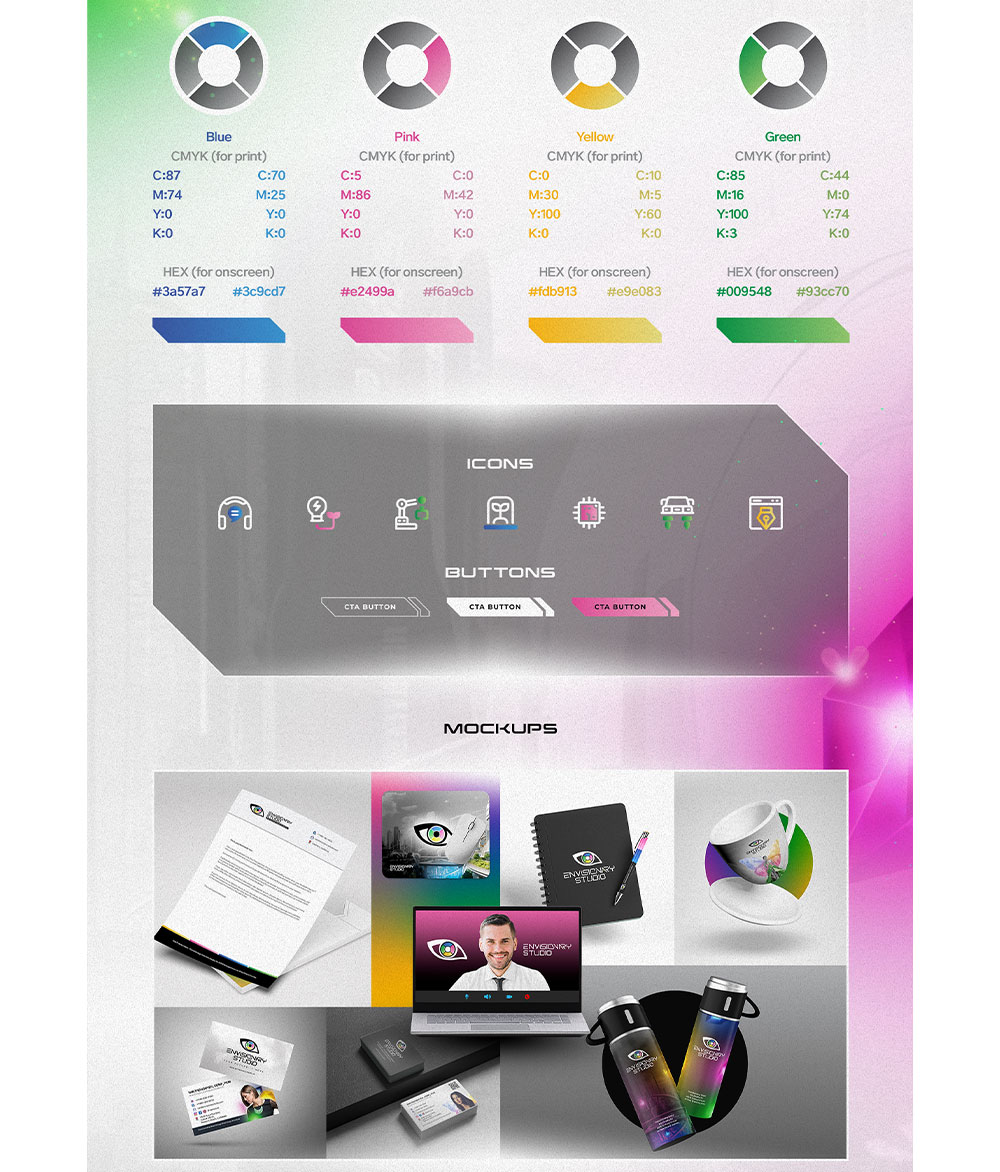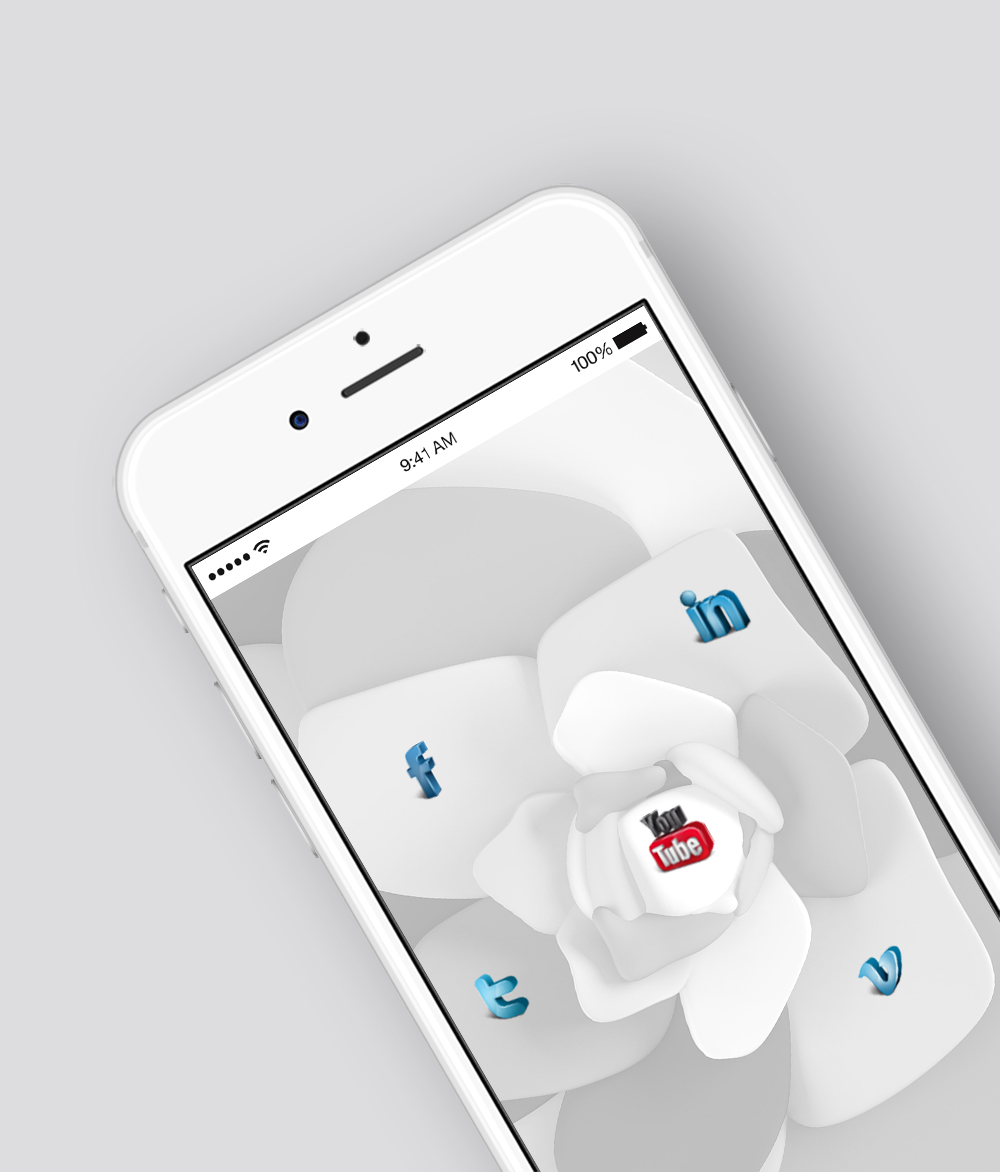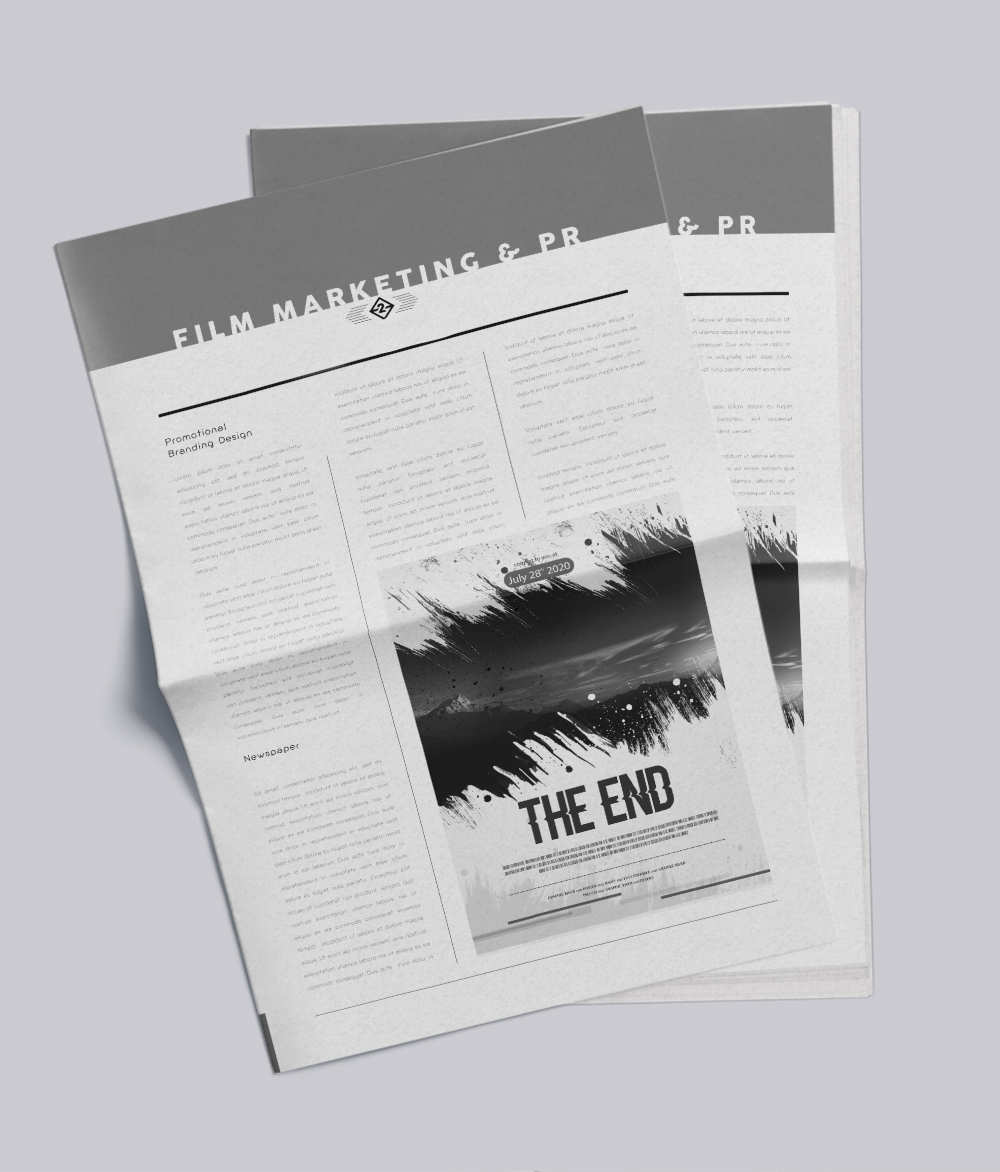In the world of branding, words aren’t just decoration—they’re architecture. Yet when it comes to defining your brand’s voice, many business owners confuse three foundational terms: brand mantra, slogan, and tagline.
These phrases may seem interchangeable, but they serve distinct purposes in shaping your brand’s identity, communication strategy, and customer experience. Knowing the difference can save you from branding misalignment—and help you build a brand that resonates from the inside out.
Let’s break them down.
Brand Mantra – Your Brand’s Internal North Star
Think of your brand mantra as the soul of your brand distilled into just a few words. It’s not for public display—but for your team, your partners, and every internal decision you make.
A strong brand mantra acts as your brand’s internal compass, ensuring that every product, service, or message is anchored in your core values and positioning.
Purpose: Align internal teams and decisions.
Audience: Internal stakeholders only.
Usage: Guides brand behavior and decision-making behind the scenes.
Example: Nike – “Authentic. Athletic. Performance.”
You’ll never see it on a billboard, but it’s the reason Nike shows up the way it does.
Slogan – The Campaign Power Line
A slogan is external-facing and campaign-specific. It’s that catchy phrase that helps your marketing stick. Think of it as a verbal jolt—a concise, compelling line crafted to create urgency, evoke emotion, or spark curiosity.
Your slogan may evolve with different offerings or promotional efforts, but it should always remain rooted in your brand’s tone and personality.
Purpose: Capture attention and drive action.
Audience: Your ideal customers.
Usage: Ads, marketing campaigns, and product launches.
Example: Nike – “Just Do It.”
This isn’t just a phrase—it’s a rallying cry that connects Nike to their customer’s aspirations.
Tagline – Your Brand’s Signature
A tagline is your brand’s public signature. It’s more enduring than a slogan, and it represents your entire business, not just a product or campaign. It’s what lives beside your logo, on your website, and in the minds of your audience long after they’ve interacted with you.
Unlike slogans that may come and go, taglines aim for timelessness.
Purpose: Express your brand’s overarching value and personality.
Audience: The public.
Usage: Appears on your website, packaging, and official brand assets.
Example: Apple – “Think Different.”
A tagline should be sticky—instantly connecting the dots between who you are and what you stand for.
| Feature | Brand Mantra | Slogan | Tagline |
|---|---|---|---|
| Internal or External | Internal (team only) | External (campaign-specific) | External (brand-wide) |
| Primary Purpose | Aligns internal decisions | Drives marketing engagement | Reinforces brand identity |
| Longevity | Permanent | Temporary or campaign-based | Long-term and consistent |
| Famous Example | “Authentic. Athletic. Performance.” | “Just Do It.” | “Think Different.” |
Why This Matters for Your Brand
If you’re building a brand with intention, you need all three:
-
Your brand mantra keeps your team aligned, especially as you scale.
-
Your slogan creates emotional hooks that drive action in campaigns.
-
Your tagline ensures the world sees your brand the way you want it remembered.
Each serves a different purpose—but together, they form a powerful trifecta that shapes both perception and performance.
Final Thought
Branding isn’t just about looking good—it’s about being understood. And clarity starts from the inside out. So the next time you review your branding assets or launch a new campaign, ask yourself:
Do we know our mantra? Is our slogan doing its job? And does our tagline still reflect the legacy we’re building?
When used intentionally, these phrases do more than speak for your brand—they help your brand speak for itself.





